It looks like the credit crunch continues to trickle down to everything financial, including tightening up in the credit card industry. I have it on good authority that the $75 balance transfer fee cap on the Discover More card will end on October 31st. (Update: Yes, the cap is now gone.)
Why care? The Discover More Card – No Balance Transfer Fee* is just about the last credit card with a 0% APR balance transfer for 12 months, as well as a $75 balance transfer fee cap. This is important because you may have noticed that nearly all other 0% APR cards have an uncapped 3% fee. So if you transferred $10,000, the fee would be $300. On a $20,000 balance, that would be $600!. The cap saves you lots of money, and these offers have only gotten more scarce with time.
Even though I don’t carry a balance, I have used this card to make some extra money off credit card arbitrage.
Getting Your Money
You can usually request a balance transfer to be sent directly to a card with a balance on it. (Or you could send it to a Citibank card without a balance on it, and request a refund check.) However, a reader wrote in last week to say that you can also call them up afterward and request a balance transfer check to be sent to you directly from Discover.
If you’ve been thinking about applying but putting it off, now would be the time to do it! According a Discover CSR, if you apply now to lock in the offer, you have until February to request your balance transfer. (Update: There is now no cap.)
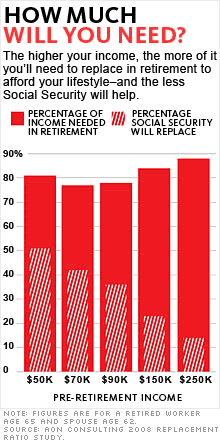




 PineCone Research remains one of the better paying and reliable survey companies, with a payout of $3 for each 15-20 minute survey. The hardest part is getting accepted, as they only accept applications intermittently.
PineCone Research remains one of the better paying and reliable survey companies, with a payout of $3 for each 15-20 minute survey. The hardest part is getting accepted, as they only accept applications intermittently.

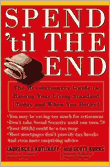 I just finished reading the book
I just finished reading the book 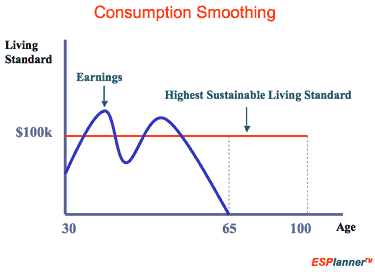
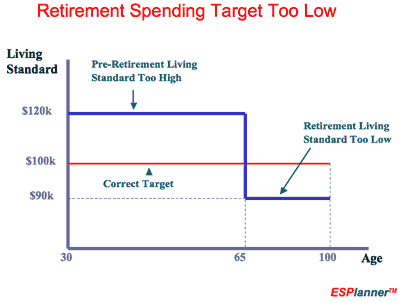
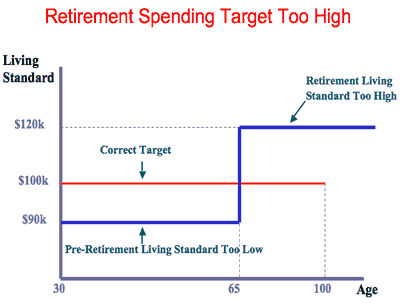
 The Best Credit Card Bonus Offers – March 2024
The Best Credit Card Bonus Offers – March 2024 Big List of Free Stocks from Brokerage Apps
Big List of Free Stocks from Brokerage Apps Best Interest Rates on Cash - March 2024
Best Interest Rates on Cash - March 2024 Free Credit Scores x 3 + Free Credit Monitoring
Free Credit Scores x 3 + Free Credit Monitoring Best No Fee 0% APR Balance Transfer Offers
Best No Fee 0% APR Balance Transfer Offers Little-Known Cellular Data Plans That Can Save Big Money
Little-Known Cellular Data Plans That Can Save Big Money How To Haggle Your Cable or Direct TV Bill
How To Haggle Your Cable or Direct TV Bill Big List of Free Consumer Data Reports (Credit, Rent, Work)
Big List of Free Consumer Data Reports (Credit, Rent, Work)